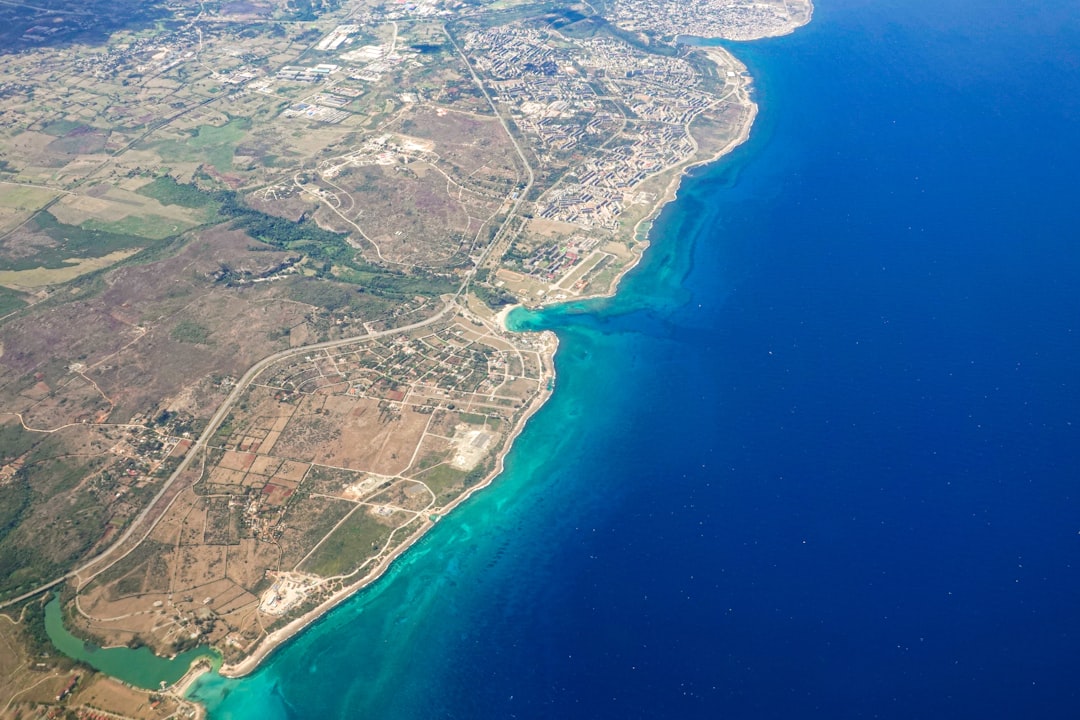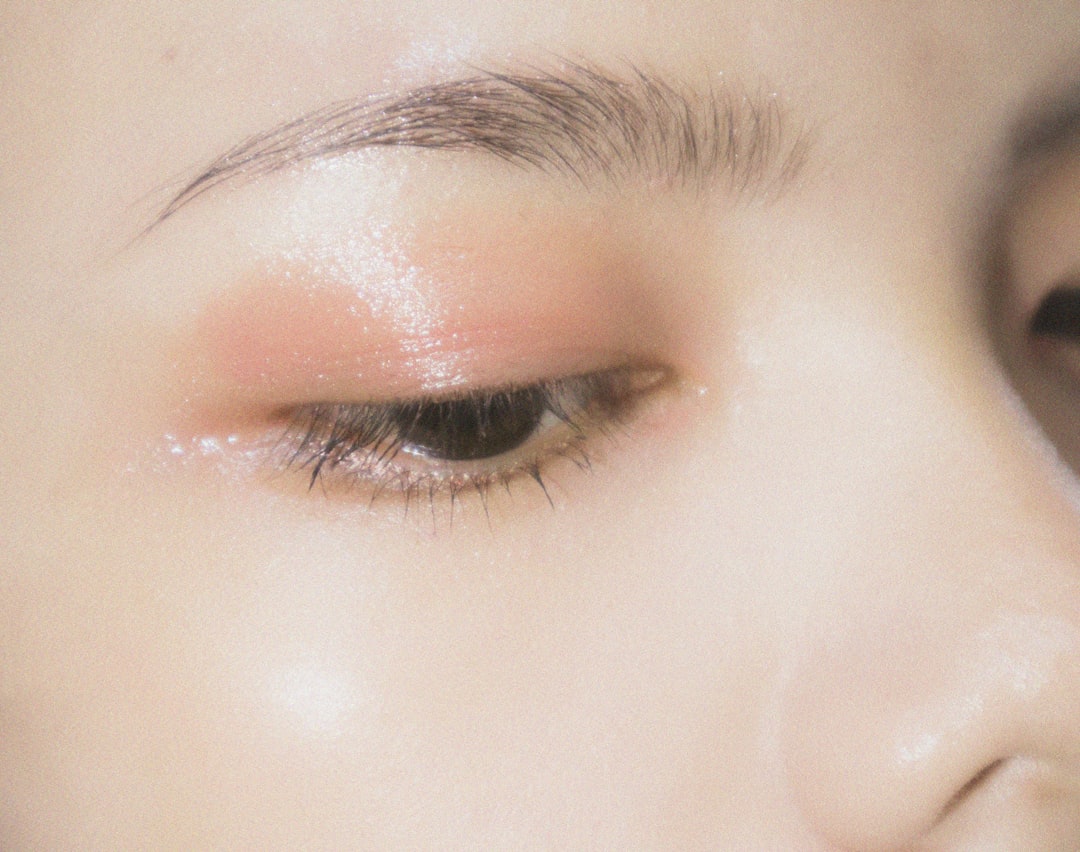What is it about?
Green hydrogen production through water splitting is a vital strategy for renewable and sustainable clean energy. Microbial cells can be used as catalysts to facilitate the cathodic hydrogen evolution in the electrochemical system. However, low hydrogen yield limits the application of biocatalysts although they could be a cost-effective alternative to the traditional metal catalysts. In this study, researchers have engineered the periplasm of a model electroactive bacterium Shewanella oneidensis MR-1 into bionanoreactor for highly efficient hydrogen production.
Featured Image

Photo by J K on Unsplash
Why is it important?
Efficient, affordable and safe green hydrogen production is a long-standing goal. The engineered periplasmic bionanoreactor has suggested the potential of biocatalysts for clean energy production. In this study, researchers combined synthetic biology and nanomaterial engineering to construct bionanoreactors for efficient hydrogen production. Using synthetic biology, microbial rhodopsin and its antenna canthaxanthin synthetic pathway were introduced into bacteria to convert light energy into periplasmic proton gradient. The hydrogenase in periplasm was also overexpressed. For material engineering, reduced graphene oxide (rGO) and ferric sulfate (FeS) were incorporated into the system to enhance electron transfer. This periplasmic bionanoreactor leverages the strengths of both nanomaterials and biological components, achieving a 10-fold increase in the hydrogen yield compared to the control.
Perspectives
Biohydrogen production is a straightforward reaction, involving the interactions of protons and electrons, catalysed by hydrogenases. As Nobel Laureate Albert Szent-Györgyi said: "Life is nothing but an electron looking for a place to rest.” This study aligns with this fundamental concept, offering valuable insights into efficient biocatalysis within the periplasmic space.
Weiming Tu
Read the Original
This page is a summary of: Engineering bionanoreactor in bacteria for efficient hydrogen production, Proceedings of the National Academy of Sciences, July 2024, Proceedings of the National Academy of Sciences,
DOI: 10.1073/pnas.2404958121.
You can read the full text:
Contributors
The following have contributed to this page










